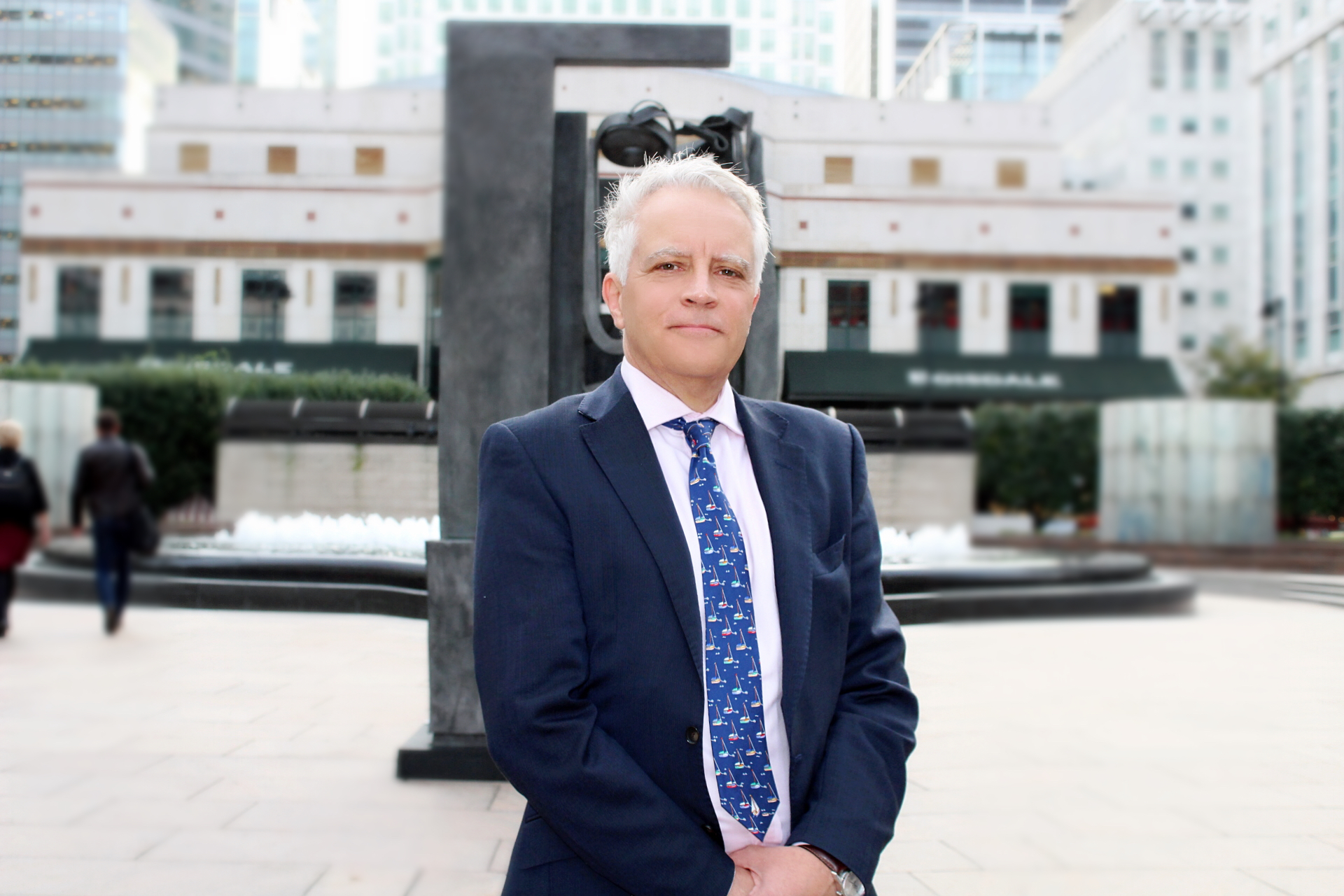Bank of England | Diversity & Inclusion
On 21 April, I was privileged to be present at the launch of the Bank of England’s ‘meeting varied people’ initiative, introduced by Governor Andrew Bailey. In his opening address, he talked about how as a public institution the Bank must reflect fully the society it serves. I will return to this important initiative later in this piece, but first I want to touch upon the publication of the updated UK Money Markets Code, which was released to coincide with the event.
The original UK Money Markets Code was published in 2017, and has proved to be a valuable framework for bridging the gap often seen between regulation and conduct. As I have said in previous blogs, the fiscal crisis of 2007/8 saw the inevitable rise of regulators, as governments responded to perceived weaknesses across the global financial system. Much of this work was led by the FSB, who set ‘in play’ the regulatory and legislative agenda that we see across our markets today, as well as providing impetus for the development of institutions such as ESMA and the EBA. One area that is often overlooked is the final step in this process, that of individual compliance and adherence to these new rules and regulations. Whilst it is relatively easy to constrain institutions by means of regulatory frameworks, getting the buy-in of individuals can be more challenging, as it may involve a shift or change in the culture of an organisation or market. Firms can address this issue through training and regular monitoring of adherence, however we have also seen the deployment of ‘codes’ by regulators to drive these changes in behaviour. Clearly aligning adherence to the UK Money Markets Code with the FCA’s Senior Managers Regime adds real substance to enforcement without the need for specific legislation. By using the Code in this way, the Bank of England has in effect a vehicle for change that is both flexible and potentially wide-ranging.
In its latest version, there is now considerable emphasis being placed on diversity and inclusion, working from home, the increasing importance of ESG criteria within financial markets, as well as electronic trading and settlement disciplines. As one of the original supporters of the first Money Markets Code in 2017, I am delighted to see it develop in this way. In my view, the latest iteration sets a new benchmark for the regulatory community around how to engage with markets and how to engender change in a different and perhaps more open and pragmatic way.
As I return to the topic of the ‘varied people initiative’, I wanted to highlight an interesting exchange at the start of the meeting where Andrew Bailey spoke of the traditional view of the Bank being one of essentially white middle-aged men in top hats. For those of us familiar with the Bank, we would confirm that this could not be further from the truth. On occasion, perception can reality however, and therefore this new initiative is a powerful way to push back on those stereotypes and facilitate that broad church of diversity and inclusion that Andrew Bailey talked about. This is important for a number of reasons. First and most obviously, we all want to see proper diversity and inclusion across not only the Bank, but all firms and markets that we represent. Second, if the Bank wants to deliver on its wider policy objectives, it has to be a place where people come freely to exchange ideas. Initiatives like this will progressively breakdown the view held by some, that you only tend to talk to the Bank when you have done something wrong!
The final area I wanted to touch upon from the session is that of cognitive diversity. Whilst we are now familiar with areas such as gender, ethnicity, sexual orientation, and age, cognitive diversity is probably not at the forefront of many people’s thinking when it comes to diversity and inclusion. As we look at potential factors or elements that could make the difference between success and failure, the ability to have people with different styles of problem solving or who can offer often unique perspectives will be increasingly important, notably as we harness the power of technology to undertake more of our mundane and repetitive tasks and functions.
As I think more about cognitive diversity, I am struck by the parallels with much of the work that we do at ISLA, drawing upon a range of different views from our members in driving working groups. Without that diversity of thought that is present in these groups, that often represent quite different sides of our market, we would not be able to create many of our industry leading outputs such as our best practice. Whilst there is always more work to do in terms of the wider corporate social responsibilities that we all carry, our mutualised decision-making process puts us at the forefront of this debate.
Andrew Dyson, CEO
